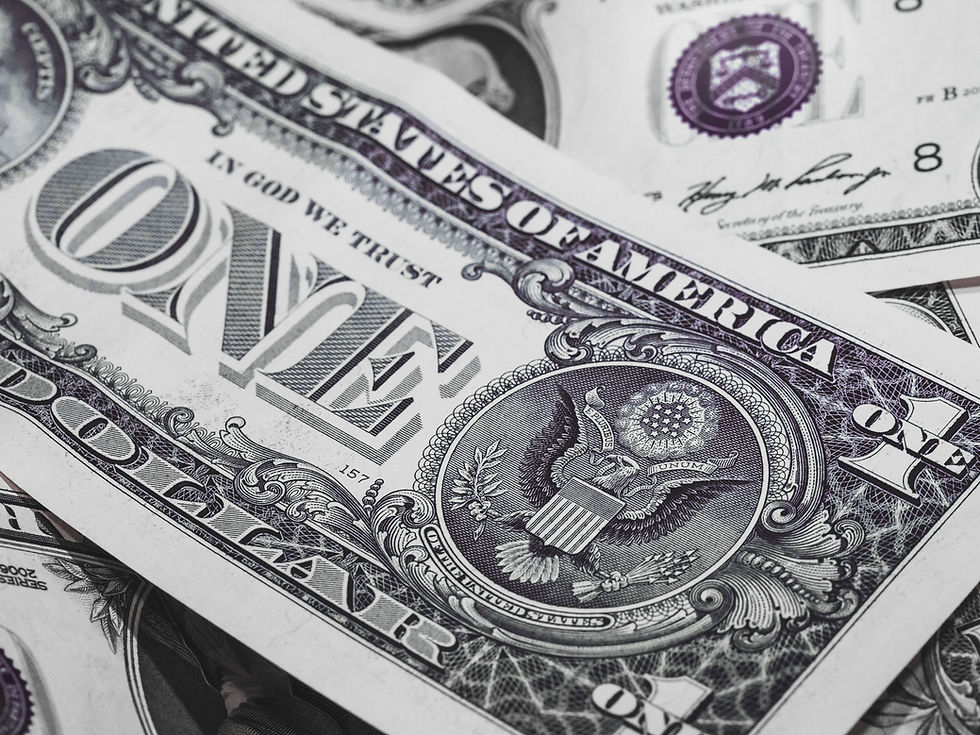re: women in the courtroom
- Karina Dufoe
- Sep 3, 2018
- 3 min read
Updated: Sep 8, 2018
When I was a girl I thought that gender equality was a thing of the past. I witnessed a strong mother lead church groups and bible studies, both parents go to work in the mornings and love their jobs, my father prepare meals, my mother mow the lawn. In my mind, anything man could do women could better. We had the right to vote and “political equality” from the first wave feminism, fought against social and cultural inequalities in the second feminism movement to sweep across America. I thought we were equal.
Then I grew up. Amidst #MeToo and a growing third generation feminism movements; the fight for gender equality, breaking the Glass Ceiling, ending domestic violence and violence against women, and closing the fighting against the inequality of page wage gaps. There is still plenty of fighting left for women to do.
Within the legal system that is largely the same.

The first woman admitted to the bar was Arabella Mansfield in 1869. She took the bar exam and passed it, even though Iowa had limited their bar to only males. Mansfield, ironically, took the issue to court and Iowa soon altered the statue and became the first state to allow women and minorities to take the bar exam. Although she passed the bar with high marks, she decided to pursue other passions and focused on teaching college classes and working as a tireless activist.

Belva Ann Lockwood became the first known woman to argue at the supreme court level. “At the end of 2016 a total of 726 women have presented argument at the supreme court 1430 times” (Supreme Court Historical Society). In October 1955, Gloria Agrin and Blanch Freedman became the first women to argue against one another. (Nukk v. Shaugnhessy, 350 U.S. 869 (1955) from the Supreme Court Historical Society.)
Now, even though studies have shown women are more and more present in the court room and in law offices, there are still discrepancies between pay in males and females. “At mid-career, when earnings peak, the top 10 percent of female lawyers earn more than $300,000 a year, while the top 10 percent of male lawyers earn more than $500,000,” said a study done by the Census Bureau analysis of data from the American Community Survey and decennial censuses.

There isn’t only a difference in pay, but also in the amount of females retaining jobs in prominent positions inside firms. Even though another recent study by consultants at Palo Alto, California-based DecisionSet, showed “gender-balanced litigation teams outperform all-male or all-female teams, said firms without enough seasoned women litigators risk suffering from a competitive disadvantage,” there is still misunderstanding about what that looks like, and a lack of female partners to be able to adequately fill those teams.
During my internship this summer I saw brilliant female lawyers talk about their strategy during trial and I was able to contrast that with how the men looked to their strategy. Emotions from a female attorney are looked down upon, and I remember distinctly once a female attorney handing the direct examination of a client to a male attorney stating that she was scared she would cry in front of the jury and it would look bad in front of the judge to get emotional.

With so many advances in aspects of the culture in how we relate to women, I can only hope that a system wide overhaul of how society looks at female lawyers. Females are just as capable as their male counterparts in the courtrooms. As advocates for justice and truth, females are suited to listen with compassion the stories that are entrusted to them by clients. They are capable of deftly weaving a story and keeping the jury enchanted by their words, just as males are able to do. As there is no difference in quality of legal representation there should be no difference anywhere else, in pay, ideals, or in prominent positions.





Comments